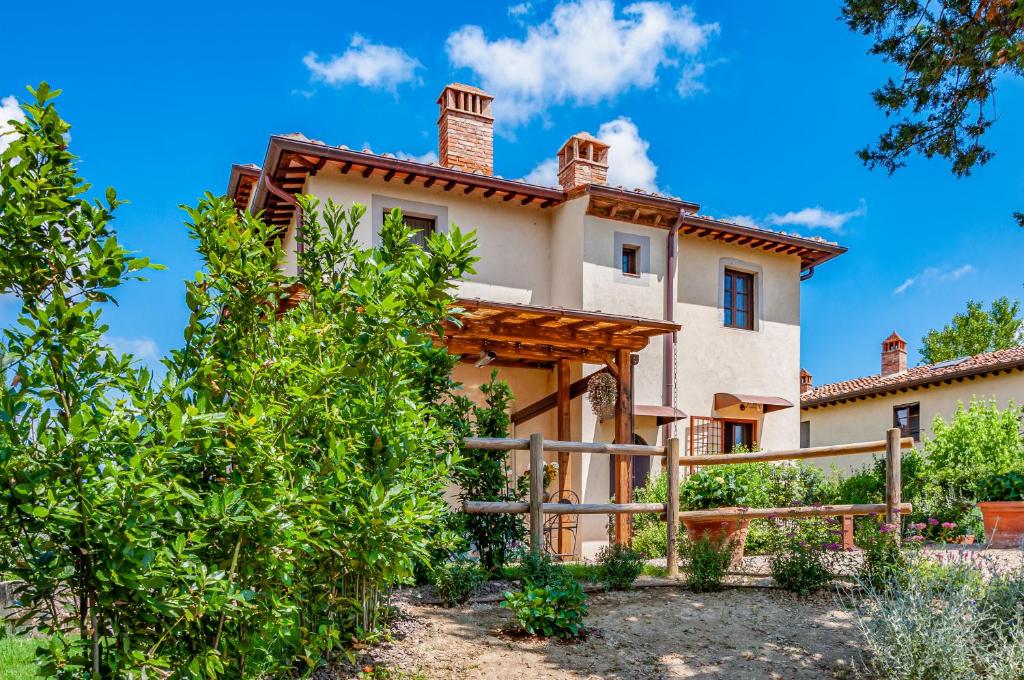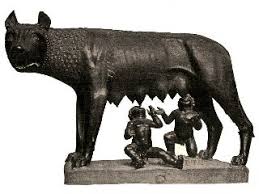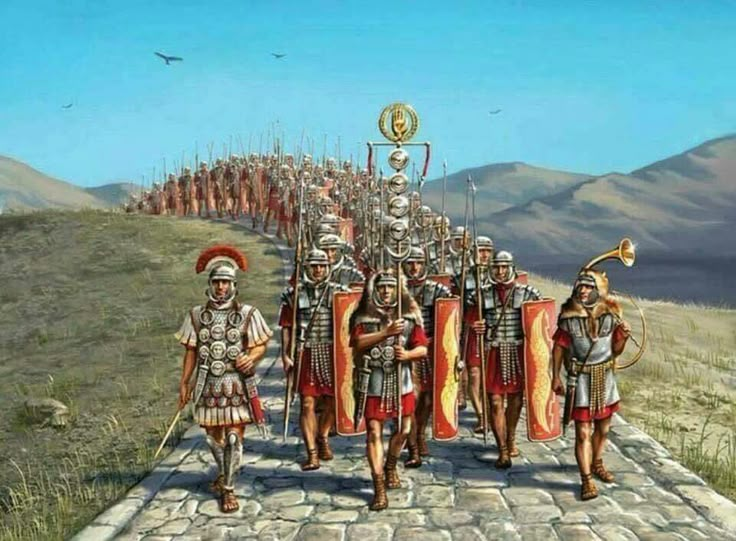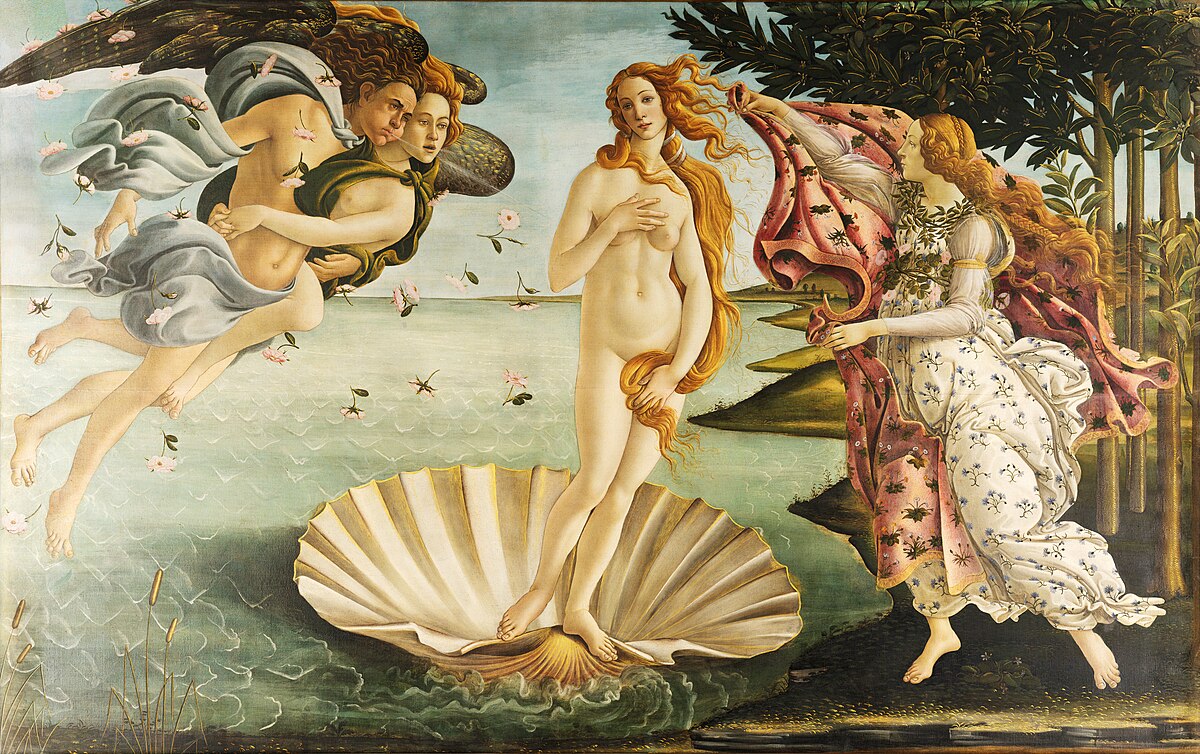Abbazia di Monte Oliveto Maggiore
A magnificent sacred place in the Crete Senesi region.
Must-see for religious people
The monastic complex of Monte Oliveto Maggiore is the seat of the abbot general of the Benedictine Congregation of Monte Oliveto. It features well-preserved medieval architecture and houses numerous Renaissance artworks. The monastery offers splendid views over the forest hills and it’s definitely a must-see place for religious people. The abbey is located 36 km south of Siena, and it takes about an hour to get there from the city.
Built over two centuries
Founded by a member of one of the most influential families of Siena Bernardo Tolomei, the abbey was intended to be a big spiritual center of Tuscany. The construction works started in 1320 and it took over two centuries to completely finish the project. In 1765, Monte Oliveto Maggiore was declared a territorial abbey, equating it to a diocese.
Full of art masterpieces
The red-brick complex consists of a church, a drawbridge, a tower and a square. The Baroque interior of the abbey is rich in precious works of art. They were created by mainly two famous artists of the time: Luca Signorelli and Sodoma. When observing the portico, you’ll find the fresco cycle with its 36 large scenes depicting the life of St Benedict by Signorelli. And you can discover Sodoma’s frescoes in the galleries on the ground floor. Especially worth seeing is an engraved wooden choir built by fra’ Giovanni da Verona. Constructed between 1426 and 1443, the Chiostro Grande is made up of two passages, one above the other, supported by columns.
Surrounded by nature
The road to the sacred place is surrounded by numerous old cypresses. Near the monastery is a botanical garden that used to supply medicinal plants for the monks. There’s also a small pond where monks were fishing during the fastings when meat was prohibited. Travelers often use the forests for hiking and nature retreats.





